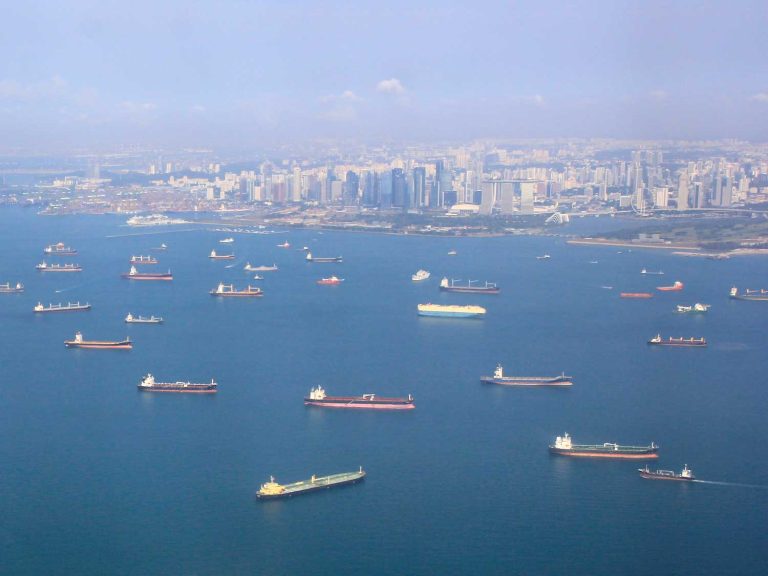
Date:
Asian Cargo Surge Threatens to Overwhelm North Europe Ports
North Europe’s container gateways face a turbulent August and September as a surge of inbound cargo from Asia collides with already stretched terminal operations.
Strong import demand through the first half of the year has driven double‑digit growth in volumes, with the peak season now set to push many ports to breaking point.
For months, operators have battled chronic congestion, with delayed vessel arrivals throwing schedules into disarray and container yards struggling under sustained high occupancy. The anticipated wave of summer imports will magnify these pressures, raising the risk of longer delays and service disruption well into the autumn.
Rising volumes, falling reliability
Exports from Asia to Europe have maintained strong growth into the second half, with China–EU shipments in particular climbing at a double‑digit rate year‑on‑year. This pattern typically sees July sailings arrive in Europe through August and September, concentrating peak loads into an already fragile network.
Schedule reliability has deteriorated sharply. On‑time arrivals for Asia–North Europe services have dropped from more than two‑fifths in May to less than one‑third in July. Larger vessels deployed to circumvent southern Africa are adding to the strain, extending berth stays and raising yard utilisation. Prolonged transit times are feeding greater volatility and unpredictability across the supply chain.
Not all ports are equally affected, but the most severe congestion has been concentrated at London Gateway, Antwerp, Hamburg, and Rotterdam. Antwerp and Hamburg are further hampered by high barge delays, worsened by low water levels restricting inland waterway capacity. Some gateways still report healthy throughput, yet overall capacity buffers are now minimal.
Carrier work‑arounds
Lines are adjusting strategies to ease bottlenecks. Some are replacing transhipment legs with direct calls to Scandinavian ports, reducing container moves by two‑thirds on certain routes. Others are diverting volumes away from heavily congested hubs or shifting calls to less‑utilised terminals such as Le Havre, Zeebrugge, Bremerhaven, and Wilhelmshaven.
Carriers are also moving boxes from deep‑sea terminals into inland depots to free yard space, although low Rhine water levels continue to limit barge utilisation. With inland capacity already tight, this offers only partial relief.
While tactical adjustments may prevent a complete choke‑point, the outlook for the remainder of the summer remains challenging. Persistent high demand, combined with limited progress in clearing congestion, suggests the sector will remain under pressure until at least the final quarter of the year.
Metro’s sea freight teams are actively monitoring port performance, vessel schedules, and rate movements across all major trade lanes. We work with customers to secure priority bookings, optimise equipment and container allocation, and design alternative routings to avoid bottlenecks and minimise disruption.
Email Managing Director, Andrew Smith, to discuss current market conditions, risk‑mitigation strategies, and booking solutions tailored to your business priorities.
